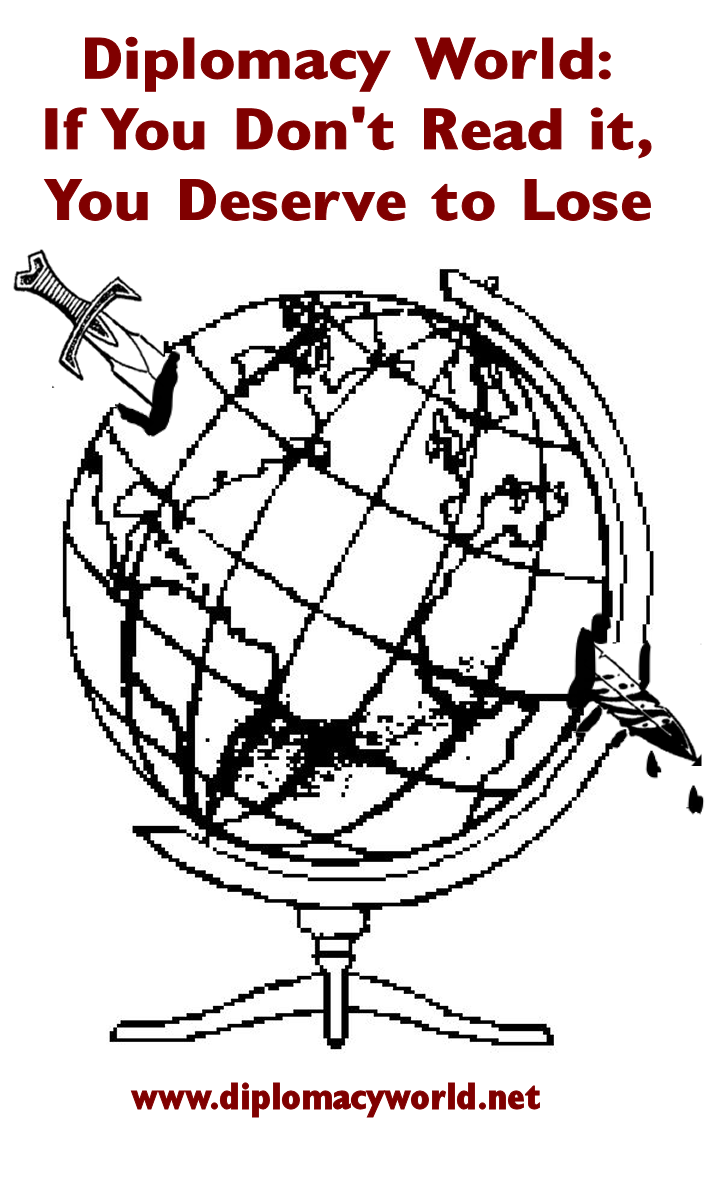



Breaking
Stalemate Lines
By Eric Verheiden
From Diplomacy
World #11
While a great deal has been written
on the topic of creating and maintaining stalemate lines, relatively little has
been published about breaking them, though of course this is of importance for
those of us who find ourselves on the winning side once in a
while.
Diplomatically, the most important
thing is to sow dissension among the ranks. It has been said that when a group of
Democrats wants to form a firing squad, the first thing they do is to form a
circle. The same is often the case
of a group of players trying to form a stalemate line. There is always someone dissatisfied
with his position in the scheme of things, someone worried (perhaps justifiably
so) about the vulnerability of his position, some budding Napoleon who simply
cannot resist the temptation of all those lightly defended supply centers,
someone who suddenly decides that now is the time to settle hus grudge with player X over 1971DI. These people are asking to be exploited
and you should not hesitate to oblige them. Promise them the moon (or, at any rate,
a two-way draw) – but don’t move your fleets too far away from the
Ionian.
Now to be fair, it is not always
that easy to break down the opposition. Smaller alliances make for more stable
lines and if the alliance ever gets down to an alliance of one, well then, your
work is cut out for you, isn’t it?
The thing to do is find the weak link and then to work on that link. The less-experienced player is usually
your best bet; he may not yet have acquired the necessary cynicism and
incredulity which come only after having been shafted a few times. Better yet, he may still have some
quaint ideas about loyalty and honoring agreements and may be amenable to
“revenging” himself on an ex-enemy who had the audacity to attack him earlier in
the game.
Tactically speaking, the task is
simpler. Once the break comes, the
first objective should be to make sure that Humpty Dumpty will never be put
together again. Taking specific
supply centers should, in the early stages, be a means to an end, not an end in
itself. For instance, in a typical
eastern stalemate running through Italy, the critical space is the Ionian; once
it falls, the rest will usually follow.
The corresponding space for a western stalemate through Iberia is the
Mid-Atlantic. Consequently, if say
you have a choice between dislodging a weak enemy army in Rome or crashing your
way into the Ionian, in most cases you should choose the latter. This does not mean of course that you
should follow up your move into the Ionian with a single fleet attack against a
triply-supported Army Smyrna; the idea is to make solid growth for the most
part, so that yours will be the last conquest of those areas you do take, not
merely one of a continuing series.
Once the line is broken for once
and for all (and sometimes even before), the idea is to put the pressure on and
keep it on. Casually waiting for
your units to be in optimum position before moving is not the way to win
Diplomacy games. Rather keep
pushing and wait for something to break.
Sometimes players become defeatist prematurely; be prepared to take full
advantage of that NMR. An
indifferent defense will often crumble in the face of a determined attack. Lack of coordination among your
opponents can provide unexpected opportunities (I thought you were going
to support it).
Finally, just keep in mind your
objective; you are not after a gentleman’s draw – sheer greed propels you into
demanding and taking it all for yourself.
Be prepared to act accordingly.